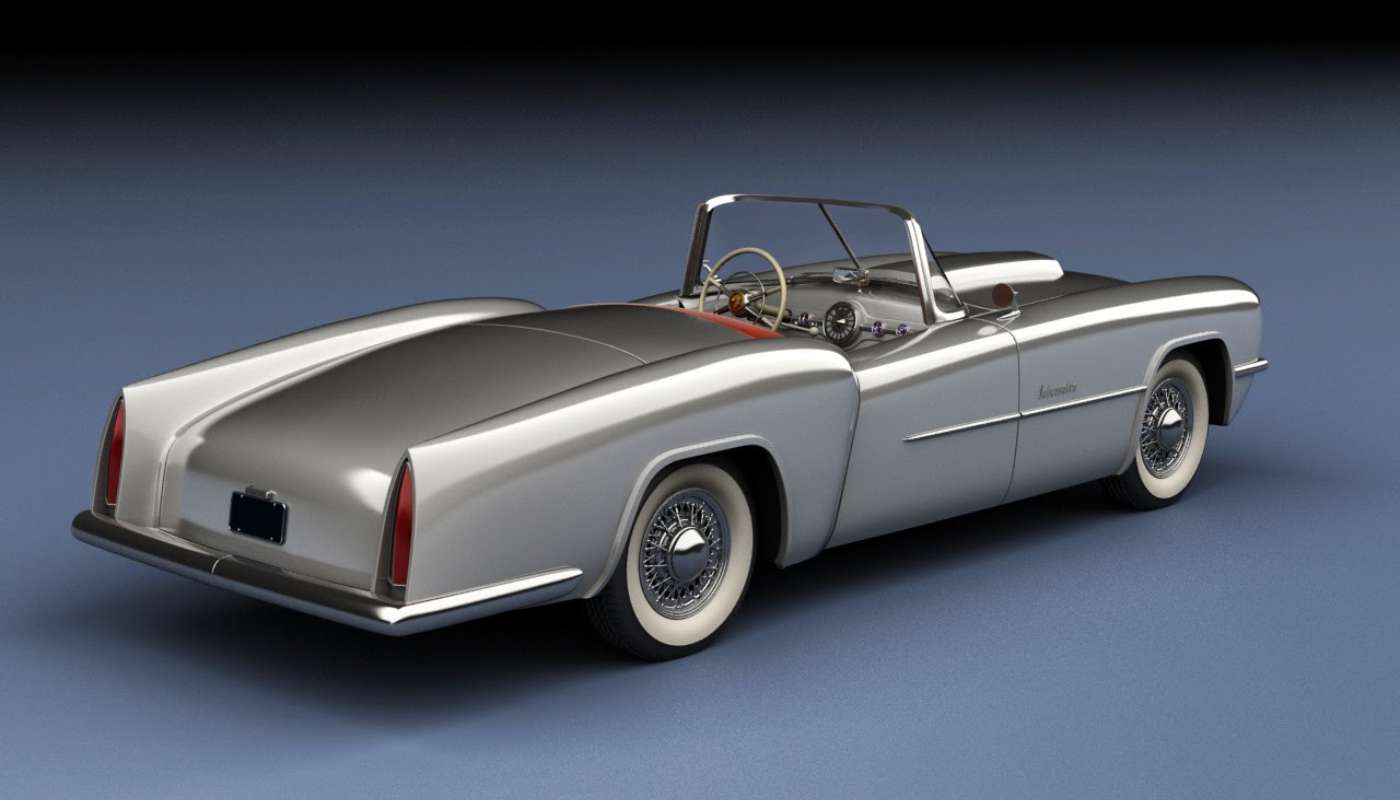
Forgotten Fiberglass: 1955 Replac Debonnaire and Venture
From your digital editor:
**If you’ve spent any time following the digital content here at rcnmag.com, you’ll know that we’re big fans of classic fiberglass cars. The composite cars of the ’40s, ’50s and ’60s were not only the inception of the kit car and homebuilt market, but they’re also the tangible evidence of American ingenuity and DIY spirit in the early days of motorsport. These fascinating automobiles often go unnoticed by the majority of the collector car world due to their extreme scarcity, but their stories are among the best-kept secrets in the automotive world.
When looking for information on classic glass cars and rare models outside the Big Three, Forgotten Fiberglass, and its parent organization Undiscovered Classics, is often the singular source for photos, specifications and data on these obscure classics.
ReinCarNation magazine is happy to announce that authority on all things classic glass one of the founders of Forgotten Fiberglass and Undiscovered Classics, Geoffrey Hacker, will be writing a monthly column for our digital subscribers. Hacker has not only compiled the largest collection of photos and information on these cars, but also gets his hands dirty discovering and restoring classic cars of infinite marques. Hacker has displayed cars at Pebble Beach and Amelia Island, worked with prominent publications and has made appearances on television, podcasts and web shows such as Jay Leno’s Garage. With more than 100 classics of this nature in their possession, Hacker and his team continue to resurrect and rewrite the story of the classic American sports car one car at a time.**
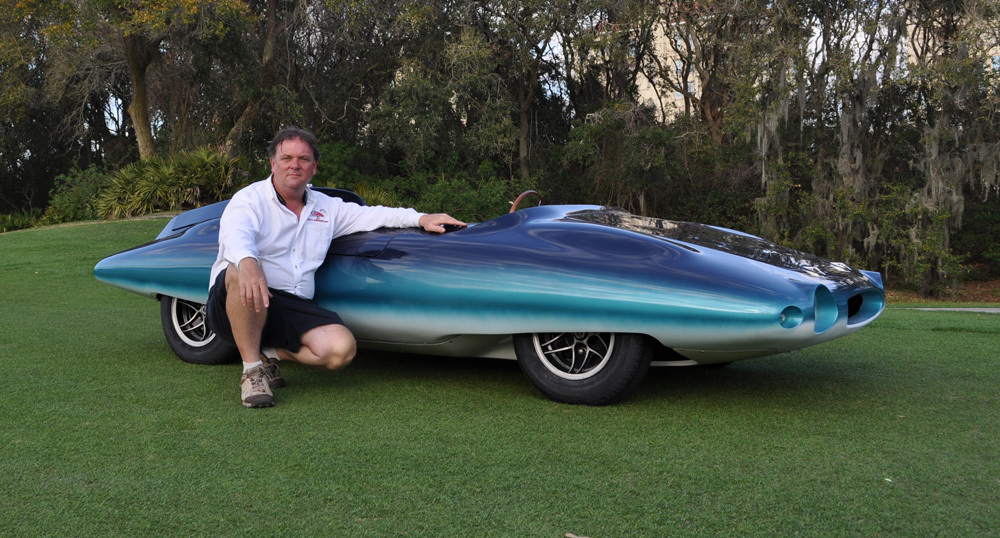
Geoffery Hacker of Undiscovered Classics and Forgotten Fiberglass
The 1955 Debonnaire – A Tucker Designer’s Venture Creating a New American Sports Car
Photos courtesy of Steve Cowdin and Jeremy Krock
Many of the fiberglass sports cars of the 1950s were designed by individuals who later became established names in their field. Hugh Jorgensen, who designed the Victress S1A (along with Doc-Boyce Smith), is one such designer who went on to Detroit and made his career in styling. Noel Bangert, who designed three of his own cars, went on to Hollywood where he initially became a talent scout. Later as Noel’s career evolved, he brought forth movies as an executive producer such as The Exorcist.
Another designer of the day, Phillip Egan, actually made a name for himself as part of the Tucker design team before moving to small-scale projects. After the Tucker Corporation dissolved, Egan worked on several other automotive projects in the ’50s, including those with Kaiser and Sears, where he proposed styling changes to the Allstate car. It was around that time that Egan began working with the Replac Corporation to build a sports car and a kit with one common design.
Replac was founded in 1946, immediately after World War II, by Valentine deOlloqui II. Valentine was in his late 20s at the time, and saw a postwar opportunity in plastics. People were hearing of this new wonder material and plastics were poised for worldwide expansion. Anyone remember The Graduate and the “one word” shared?)
In less than 10 years, deOlloqui had expanded his company into two locations: Cleveland, Ohio and White Sulphur Springs, West Virginia. His customer list was impressive, with Boeing, Bendix, Brush, Douglass Aircraft, General Electric and more as business contacts. At that time, fiberglass was the carbon fiber of its day, and Replac was one of the go-to companies for large industrial and technical jobs.
The Debonnaire
Replac was up to the job of constructing the Debonnaire, and they tooled up by building a wooden buck (most were made of mahogany) from which they took their molds of the finished shape. That’s remarkable by itself, since wooden bucks were more common in the production of alloy-bodied cars. The buck would be used to give the shape so that metal panels could be built. Often, manufacturing dies and other equipment would take their initial shape from the wooden buck — which many now view as an art piece by itself.
The Debonnaire sports car debuted in the July 1955 issue of Motor Trend and projections were excellent. By the mid-1950s, several fiberglass sports cars were on the market, such as the Glasspar G2, Woodill Wildfire, Victress S1A, Allied and more. Typically these cars required that the owner build a custom frame with a 100-inch wheelbase, or buy a custom-built frame.
The Debonnaire was the same as other sports cars of the day, but different too — mostly its size. The Debonnaire was a two-passenger sports car with a 114-inch wheelbase that was designed to fit on an unmodified late 1940s to early 1950s Ford chassis. From today’s vantage point, this larger size generally moves the car from a sports car to an American boulevard cruiser category. However, in their original advertising, they refer to the Debonnaire as a sports car, and other large two-passenger cars contemporaneous to the Debonnaire were referred to as sports cars too.
To more fully appreciate the design of the Debonnaire, we asked Dan Palatnik of Palatnik Enterprises based in Rio de Janeiro, Brazil to create a series of renderings on how the car could look if finished. Dan also shows the silhouette of the Debonnaire alongside the donor car — an early 1950s Ford, and one can appreciate Phillip Egan's vision for the car. Click here to see the full collection of renderings.
The Venture
Phillip Egan and Replac wanted to cover all their bases, and quickly introduced the Venture after the completed Debonnaire. This was the same design, however the customer would construct the car themselves. The fact that the chassis did not need any modification was a big plus, and Replac believed it would help increase potential sales. Check out the brochures and letter in detail here (from the Steve Cowdin Family Collection)
And things were looking even more interesting for Egan and Replac in 1955, when they began working with Sears to potentially release a version of the sports car. The deOlloqui family still retains memos outlining the business of selling sports cars produced by Replac and sold through Sears. Sadly the excitement would quickly end, as tragedy struck and the Replac company burned down as reported by Phillip Egan in 1994.
"After the Motor Trend road test, the Debonnaire received little attention because of a brief life. After six were built, the Replac factory in Cleveland burned in 1956 destroying all of the wood and fiberglass master forms for the car. When this occurred, all production ceased and car production never restarted, leaving the production run at six cars.”
So what started out as an exciting 1950s American sports car, quickly ended, and little was heard about the company for decades. Recently, a few of the original six sports cars have shown up, and one of the unassembled Venture bodies. We were able to track down both the Egan and the deOlloqui families who have been helpful for filling in some of the missing information on these cars. And to add to the recently renewed excitement, our organization, Undiscovered Classics, is in the process of restoring one of our 1955 Debonnaire sports cars for a debut next year at the 2019 Amelia Island Concours d’Elegance.
The car and its rebirth make us proud here at Undiscovered Classics, and for those of you wanting to watch the restoration process between now and the Debonnaire’s debut, feel free to check out the links below.
Glass on Gang…
Geoffrey Hacker Undiscovered Classics
Website: https://www.UndiscoveredClassics.com/

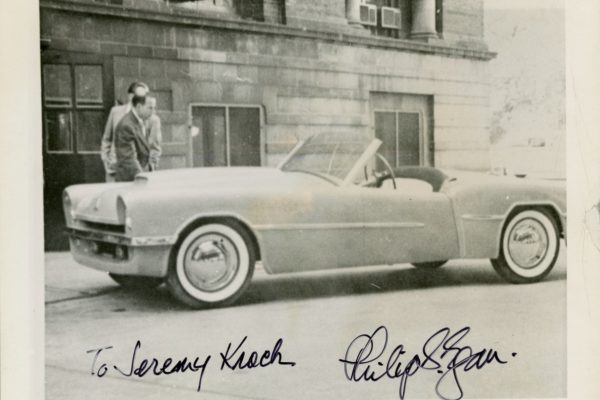
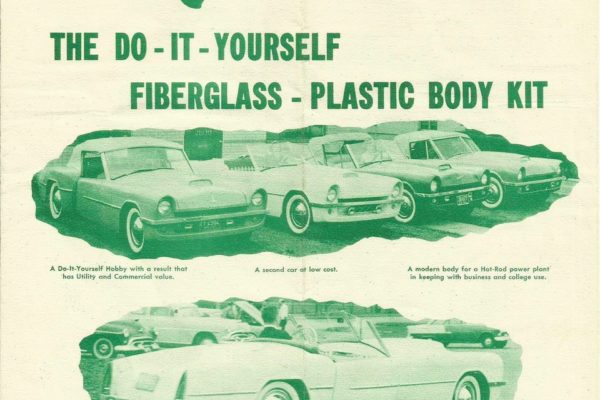
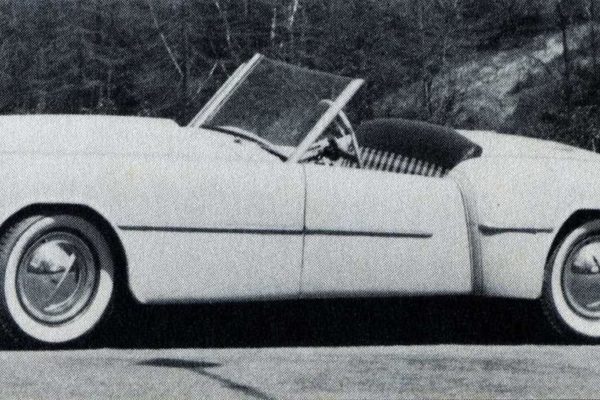
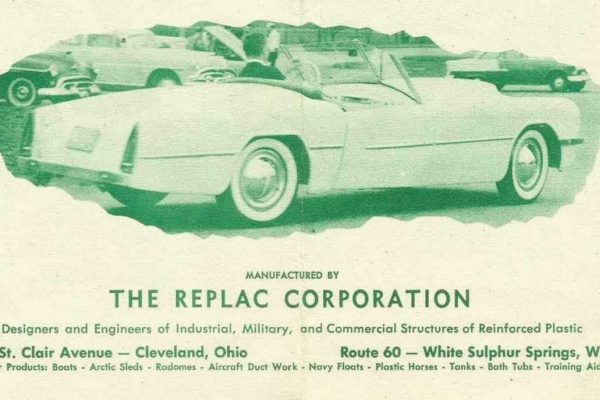
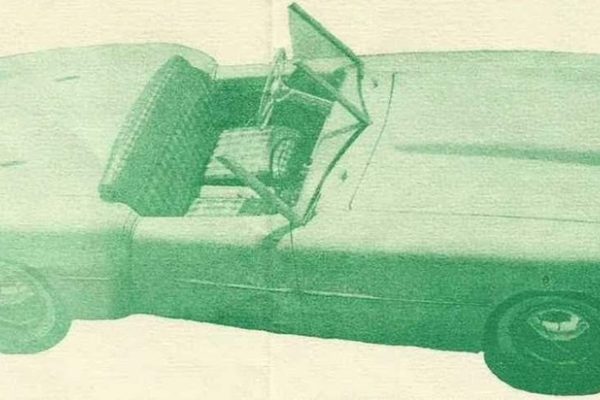
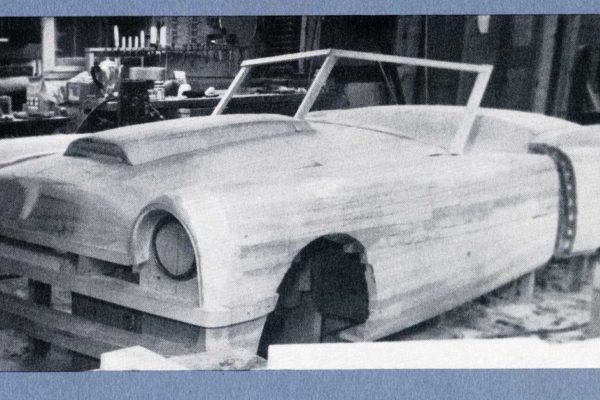
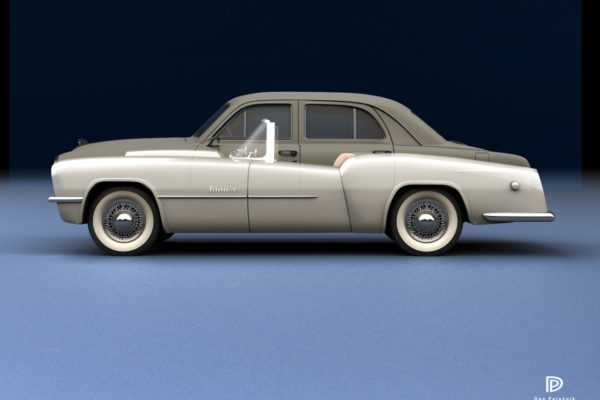

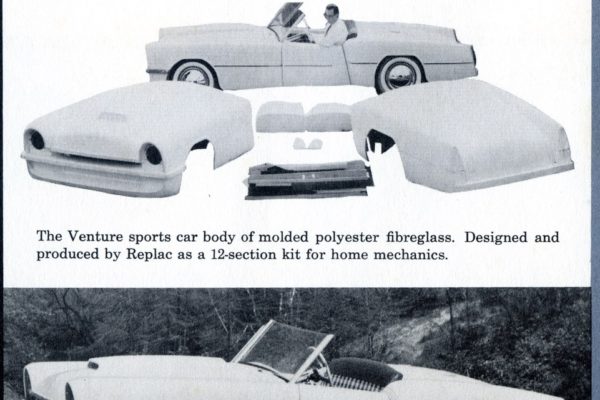
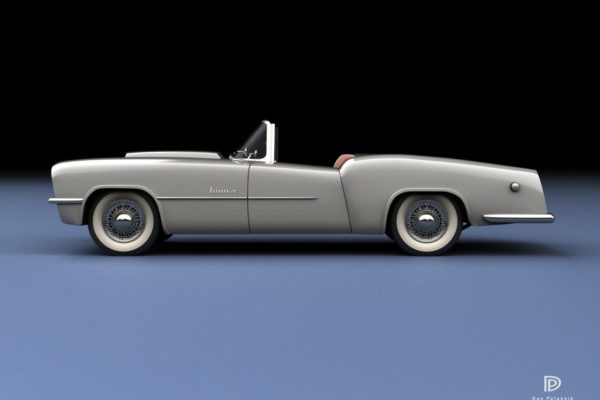
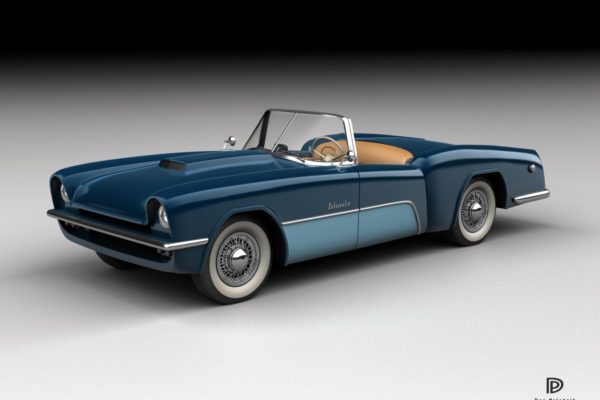
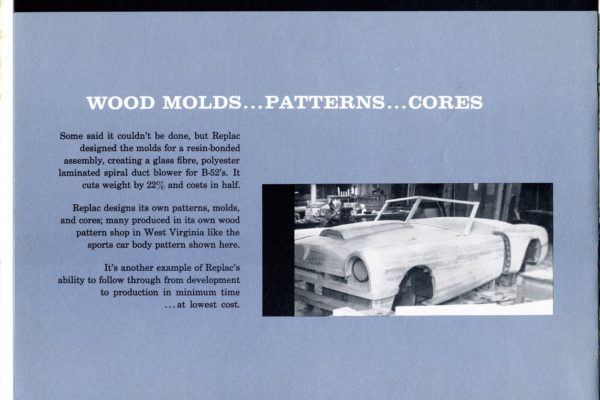
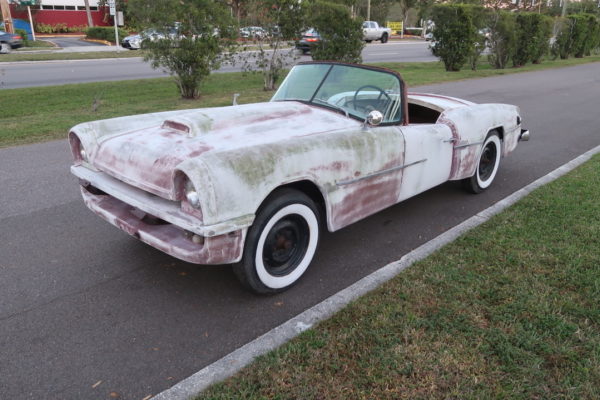
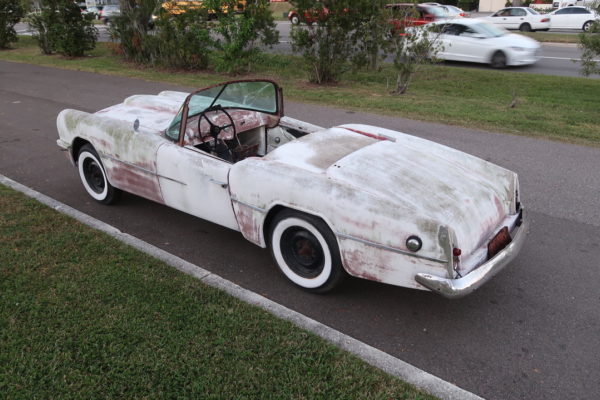
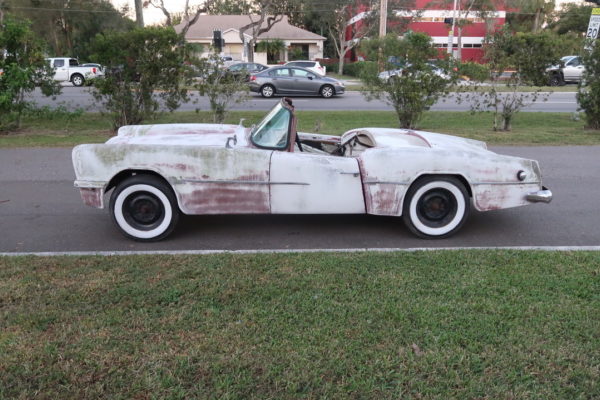
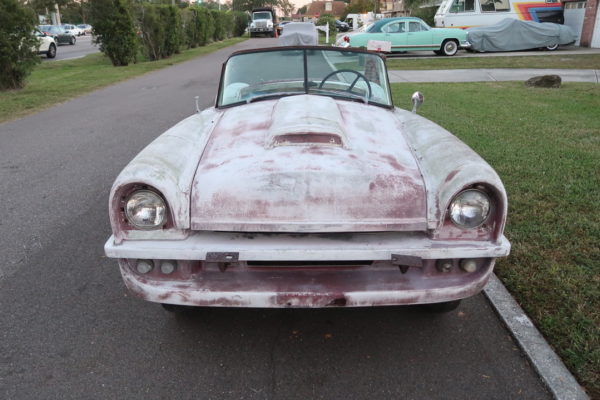
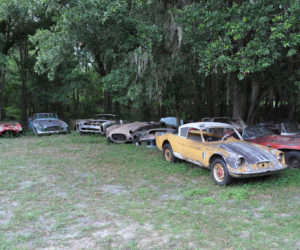
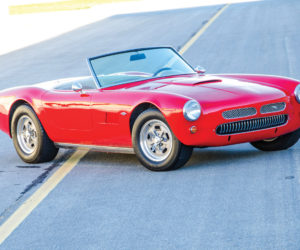
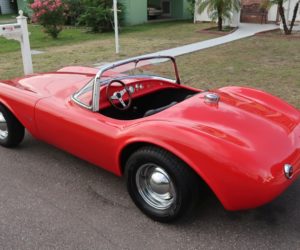
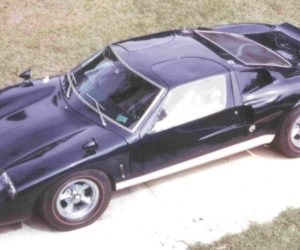
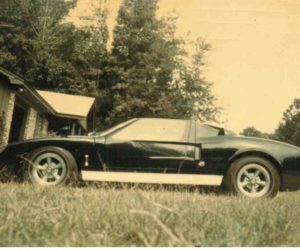




Comments for: Forgotten Fiberglass: 1955 Replac Debonnaire and Venture
comments powered by Disqus